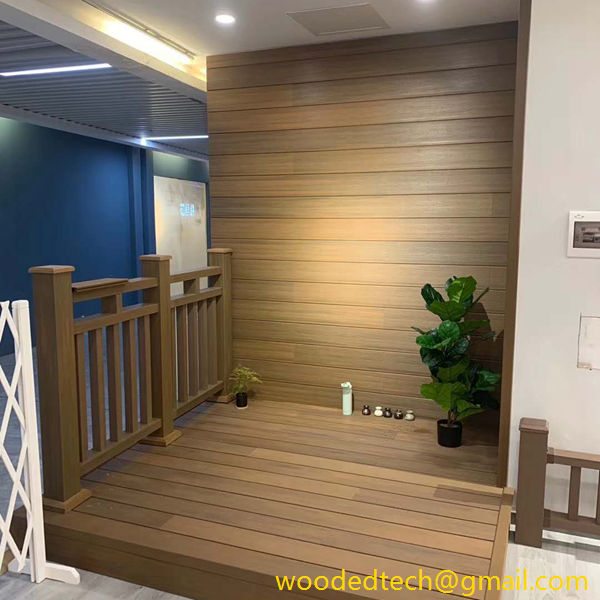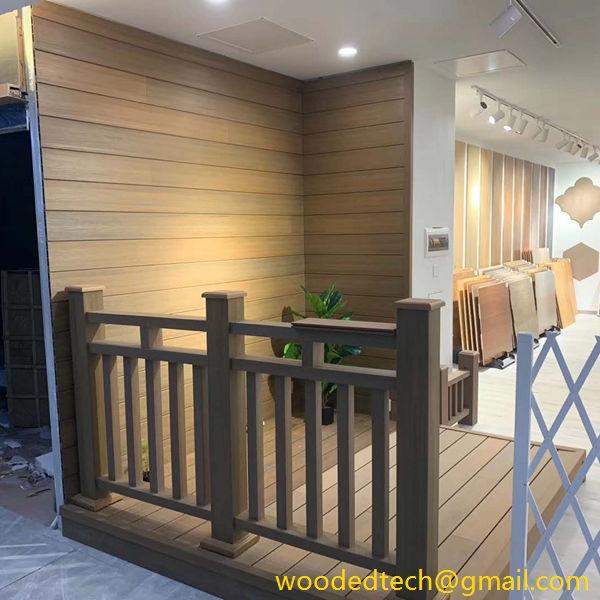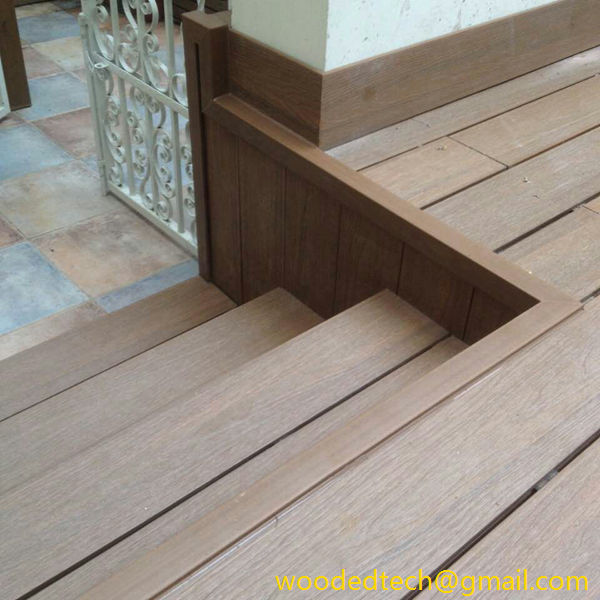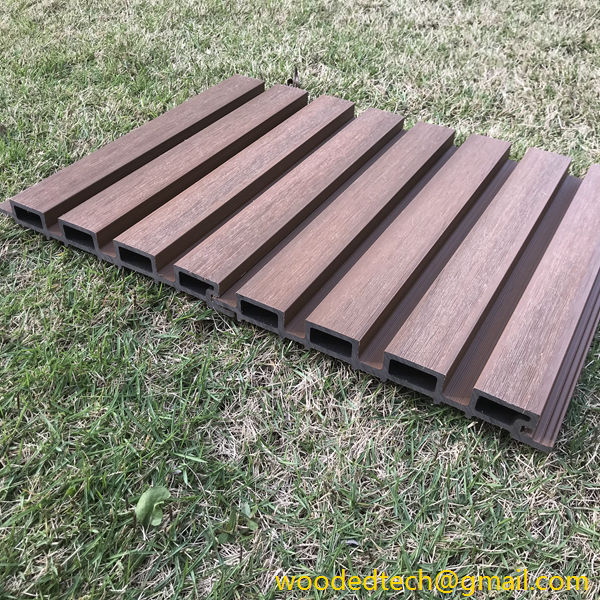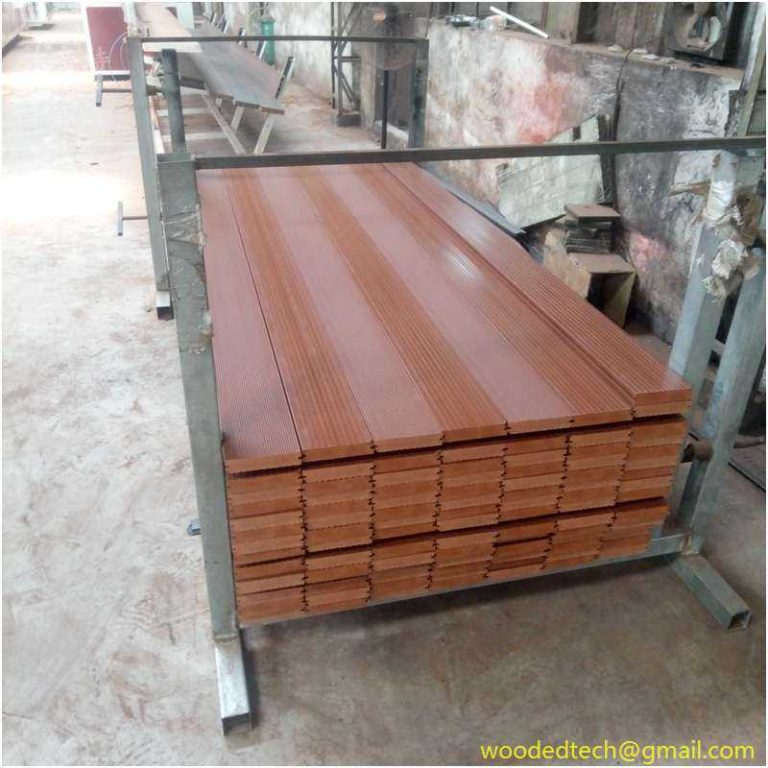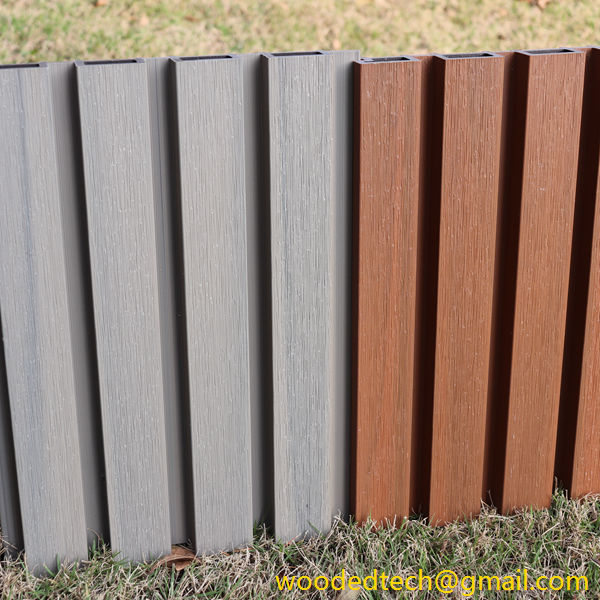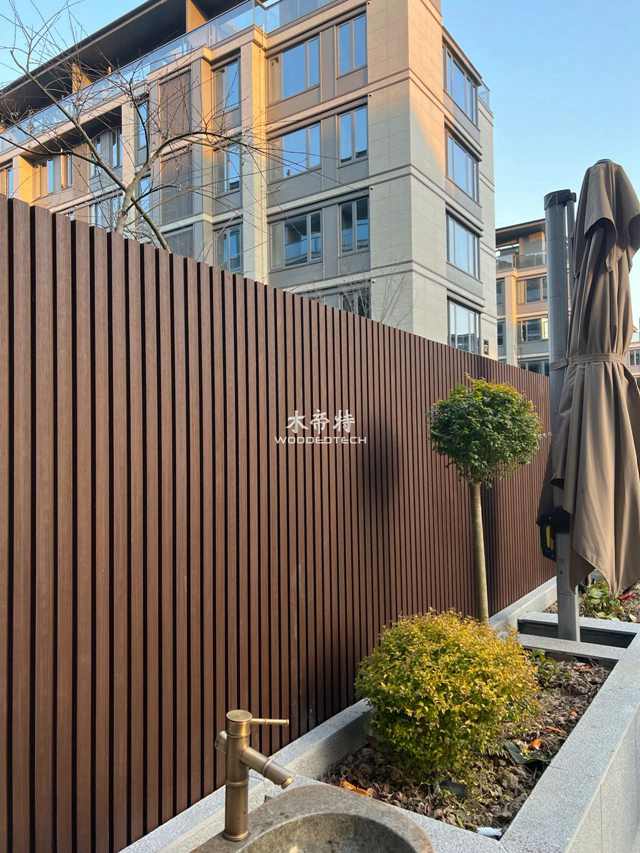Horizontal Wall Paneling: Stylish Horizontal Wall Paneling Ideas for Modern Interiors
Horizontal Wall Paneling: Stylish Horizontal Wall Paneling Ideas for Modern Interiors Horizontal wall paneling has emerged as a popular trend in contemporary interior design, offering a fresh and stylish way to enhance the aesthetic appeal of a space. This design technique involves the installation of panels that run horizontally along the walls, creating a sense…
Horizontal Wall Paneling: Stylish Horizontal Wall Paneling Ideas for Modern Interiors
Horizontal wall paneling has emerged as a popular trend in contemporary interior design, offering a fresh and stylish way to enhance the aesthetic appeal of a space. This design technique involves the installation of panels that run horizontally along the walls, creating a sense of depth, dimension, and visual interest. With a wide range of customizable materials available, homeowners and designers can explore various styles and finishes to suit different tastes and requirements.
One of the most significant advantages of horizontal wall paneling is its versatility. It can be made from an array of materials, including wood, MDF, plywood, and even metal. The choice of material can dramatically influence the overall look and feel of the room. For instance, natural wood paneling adds warmth and texture, making it ideal for cozy living spaces or rustic-themed interiors. On the other hand, sleek metal panels can impart a more modern and industrial vibe, perfect for contemporary settings.
Wood is perhaps the most traditional and popular choice for horizontal wall paneling. It can be stained or painted in a variety of colors, allowing homeowners to match their paneling with existing décor or to create a striking contrast. Reclaimed wood, in particular, has gained popularity due to its unique character and sustainability. Incorporating reclaimed wood panels can add a sense of history and authenticity to a modern interior, making it a conversation piece.
For those seeking a more uniform and sleek appearance, MDF or plywood paneling can be an excellent option. These materials can be easily painted and finished to create a clean, contemporary look. They are also lightweight and easier to install than solid wood, making them a practical choice for DIY enthusiasts. The smooth surface of MDF allows for intricate designs and patterns, enabling homeowners to express their creativity in unique ways.
In addition to the material, the installation technique can also impact the overall design. Horizontal paneling can be installed flush with the wall for a seamless look or can be layered to create a more dynamic appearance. For example, creating a feature wall with varying widths of planks can add depth and interest to an otherwise flat surface. This technique can be particularly effective in living rooms or bedrooms, where it can serve as a backdrop for furniture or artwork.
Another exciting trend in horizontal wall paneling is the use of color. While natural wood tones are timeless, many homeowners are opting for bold colors to make a statement. Painting horizontal panels in contrasting hues can create a striking visual impact, drawing attention to specific areas of the room. For instance, a deep navy blue or emerald green can add sophistication and elegance, while lighter shades like soft pastels can create a fresh and airy feel.
Incorporating horizontal wall paneling doesn’t have to be limited to just walls. It can also extend to ceilings, creating a cohesive look throughout the space. This technique is particularly effective in open-concept areas, where it helps to define different zones and adds a touch of architectural interest. Additionally, using paneling on ceilings can draw the eye upward, making a room feel larger and more expansive.
When it comes to using horizontal wall paneling in various rooms, the possibilities are endless. In living rooms, it can serve as an elegant backdrop for a television or a fireplace, adding warmth and character to the space. In bedrooms, horizontal paneling can create a soothing retreat, especially when paired with soft lighting and comfortable furnishings. In kitchens, it can add a touch of rustic charm or contemporary flair, depending on the chosen materials and colors.
Moreover, horizontal wall paneling can also be functional. It can be used to create built-in storage solutions or to conceal unsightly electrical outlets and wiring. By incorporating shelves or cabinets into the paneling design, homeowners can maximize their space while maintaining a clean and organized look.
In commercial spaces, horizontal wall paneling can play a crucial role in branding and ambiance. Restaurants and cafes often use paneling to create a unique atmosphere that reflects their identity. A trendy eatery might opt for vibrant colors and modern materials, while a more upscale establishment could choose elegant wood finishes to exude sophistication.
As with any design element, the key to successful horizontal wall paneling lies in balance and proportion. It is essential to consider the size of the room and the scale of the panels. In smaller spaces, narrower panels can create an illusion of height, while wider panels can work well in larger rooms, helping to ground the space.
In conclusion, horizontal wall paneling offers a stylish and customizable solution for modern interiors. With a plethora of materials, colors, and installation techniques available, it allows homeowners and designers to express their creativity while enhancing the overall aesthetic of a space. Whether used in residential or commercial settings, horizontal wall paneling can add character, warmth, and sophistication, making it a favored choice in contemporary interior design. As trends evolve, the adaptability of horizontal paneling will continue to inspire innovative designs that cater to diverse tastes and preferences.

